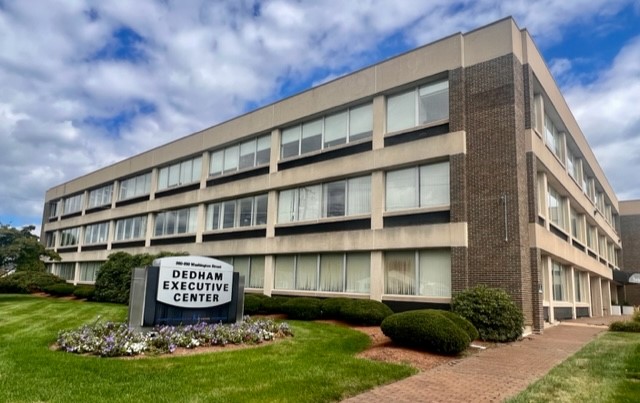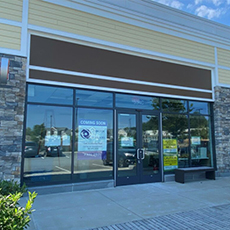Accommodating IOLs
Understanding IOL Technology
Like the lens of a camera, the eye’s natural lens can change its focus and allow us to see objects up close—a process called “accommodation.” During cataract surgery, the natural lens is replaced by an artificial lens, and traditionally these artificial IOLs have been limited to allowing clear vision at only one distance. This technology is known as a non-accommodating “monofocal” IOL.
With the latest advances, having clear vision at only one distance is no longer the only option. Presbyopic IOL technology can not only correct impaired distance vision, but also maintain the eye’s focusing power for reading and computer work.
Not every patient is a good candidate for the presbyopic intraocular lenses. Your physician will discuss with you the appropriateness of these based on your individual visual needs and on your eye examination. These lenses are not covered by medical insurance.
Accommodating IOLs
Accommodating IOLs are also designed to provide a continuous range of vision for distance, intermediate, and near, eliminating or reducing patients’ dependence on reading glasses or bifocals. This is made possible by the IOL’s unique design structure, which allows the lens to move back and forth as it would during natural focusing of the eye. When viewing distant objects, the internal muscles of the eye remain in a relaxed state and maintain the lens in a position to provide perfect distance vision. As the internal muscles of the eye contract during periods of reading, the visual portion of the lens is moved forward, shifting one’s focus to the near tasks.
Currently, the first and only FDA-approved accommodating IOL is the Crystalens. Our surgeons will be able to discuss whether an accommodating IOL is the right choice for your visual needs.
Meet Our Team
The Lexington Eye Associates team is led by board-certified doctors considered to be leaders in the field of ophthalmology. Get to know us.
If you have questions or would like to book an appointment, please call (781) 876-2020 request your consultation.















